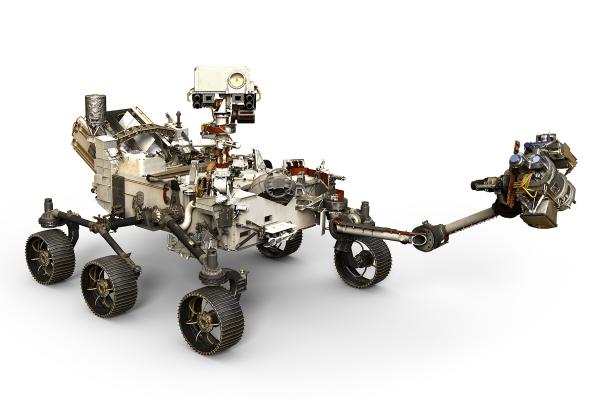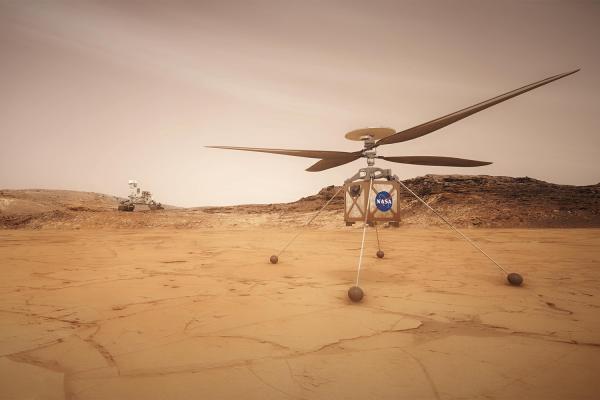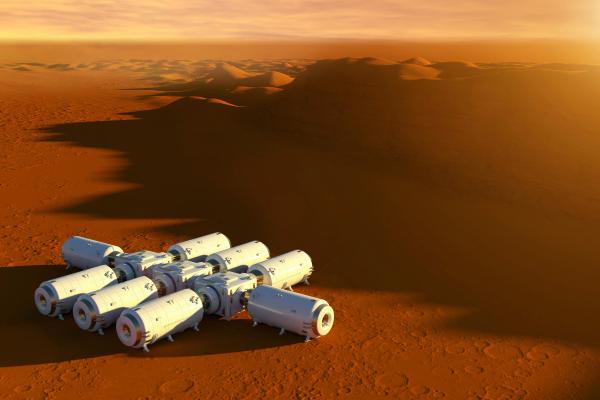Even though the Sun is responsible for the development of the planets in our solar system, and even though it influences the weather as well as life in general, we know far too little about it. For example, what causes the solar winds? Or solar eruptions? What forces are behind the formation of the heliosphere, the cloud of charged particles that extends past the outer reaches of our solar system?
In February 2020, the European Space Agency ESA successfully launched Solar Orbiter. It is a joint project of ESA and the US agency NASA and is going to be an important milestone in the exploration of the Sun. The space probe will journey for almost two years before it can start taking measurements. It will fly within 45 million kilometers of the Sun – closer than Mercury, its nearest planet. At this distance, the side of the probe facing the Sun will be exposed to intense heat: more than 500 degrees Celsius. A heat shield will protect the valuable instruments on board the probe, equipped with shutters to provide a view of the Sun only when measurements are being taken.
The same applies to the spectrometer-telescope for imaging X-rays (STIX), whose purpose is to study solar eruptions more closely and may even assist in predicting large-scale eruptions in the future. STIX was developed at the University of Applied Sciences and Arts Northwestern Switzerland (FHNW) in collaboration with several industrial partners from Switzerland, including Almatech. Swiss drives made by maxon are among the components used in the X-ray telescope.
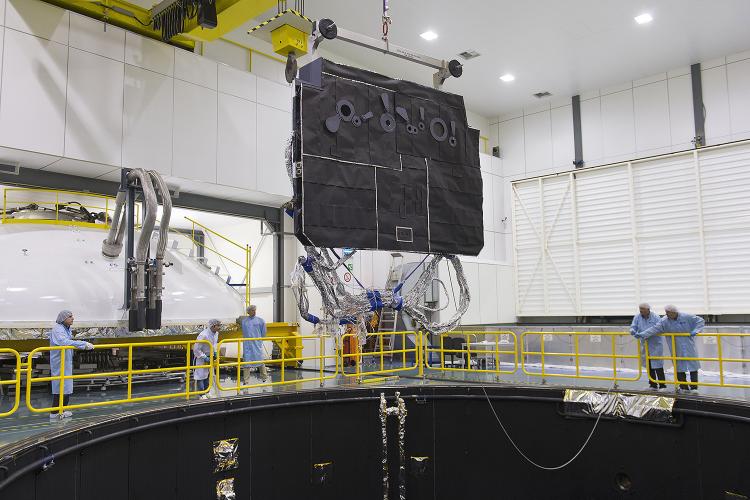
Two specially modified DC motors with diameters of 13 mm move an aluminum attenuator, which slides in front of STIX's 30 detectors as required. The micro drives are wired in parallel and can be used together or individually. This ensures that they'll run smoothly for the entire five years planned for the mission. The design is based on micromotors that also will be used in ESA's ExoMars Rover. The key factors when selecting the drives were their low weight, energy efficiency, and resistance to vibration.
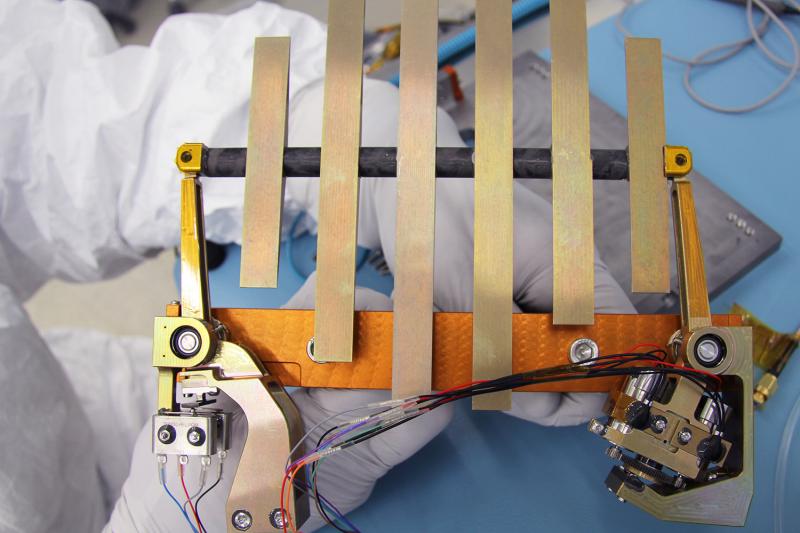

With the RE 13 DC motor, maxon has a proven drive for space applications, since its bigger brothers (RE 20 and RE 25) already have been used in NASA's rover missions. The ironless winding and the high-quality magnet provide an efficiency well above 90 percent. The drive was customized for the Solar Orbiter project with special lubrication and cables.
At Almatech, four engineers worked continuously on STIX. “It’s a challenge to develop a device that has never been built before and to test it to prove that it is going to function reliably,” says Senior Project Manager Fabrice Rottmeier. “At the same time, it’s a great experience and very motivating to be part of a scientific research program that investigates questions about the origin of the universe and the origin of life.”
Weight is a critical factor for space projects. maxon motors come into their own here. Rottmeier: “With maxon drives we were able to build a shield that weighs less than 200 grams and survives vibrations, for example during the launch, without problems.” The renowned reliability and high quality of maxon DC motors were another selection criterion. He adds: “The support from their engineers is very flexible and all around great.”


